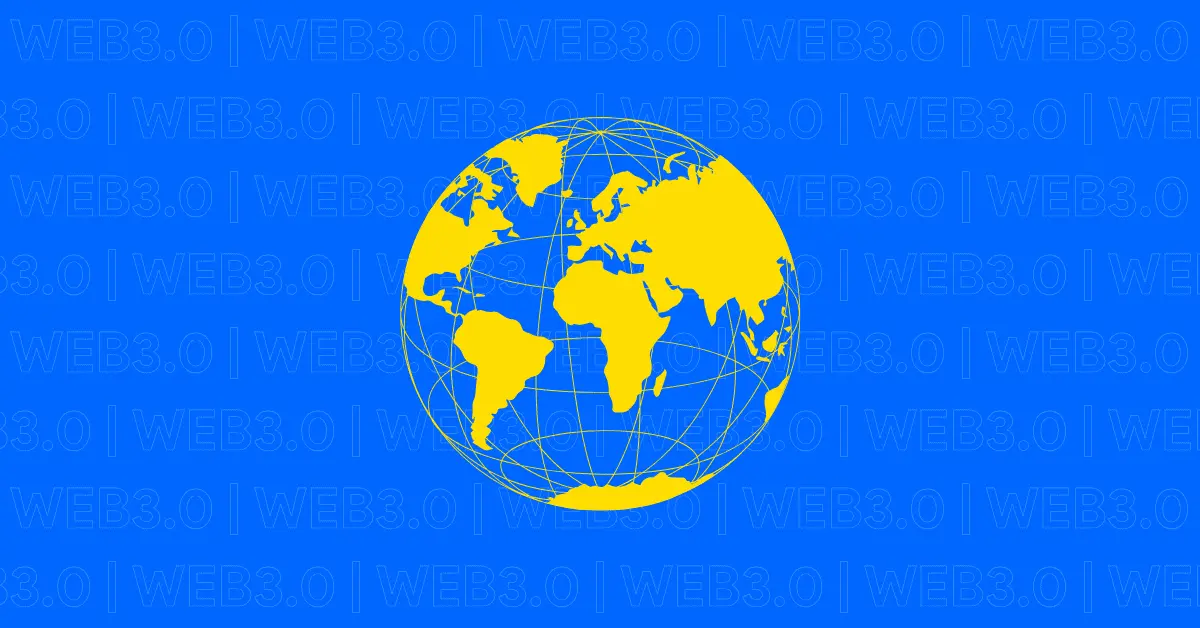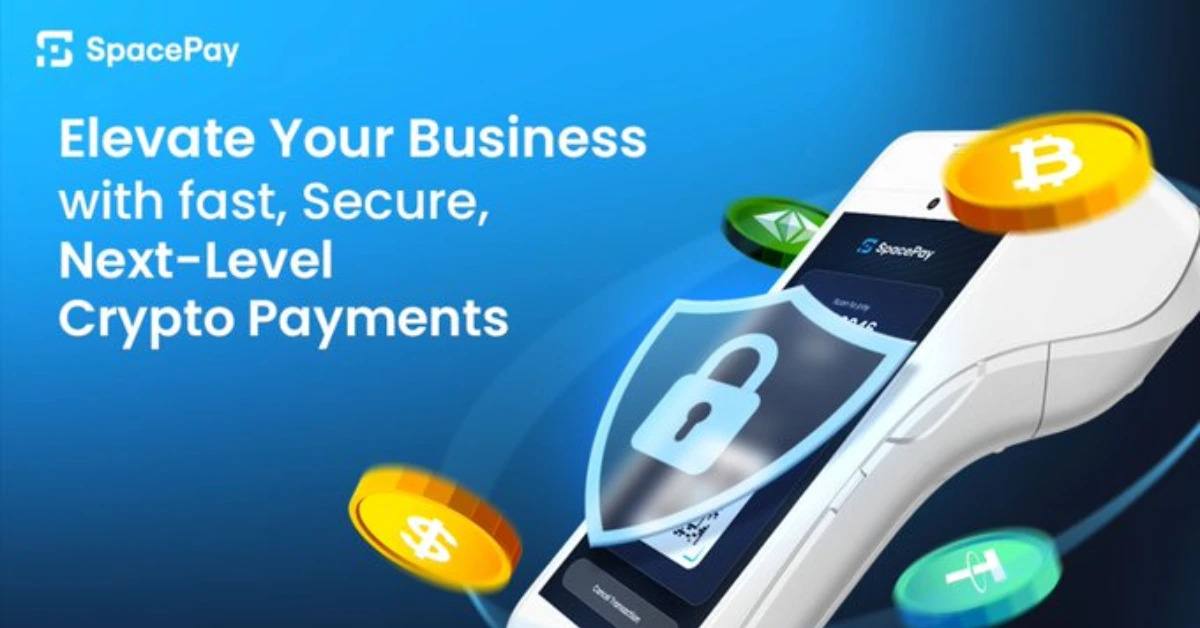In the era of smart technology, tech-savvy entrepreneurs are coming up with revolutionary projects on a daily basis. One such work is the ZK-Rollup Projects, an outstanding decentralized finance (DeFi) solution that allows users to make secure payments without relying on a centralized server.
The ZK-Rollups has recently gained traction due to its impressive capabilities and potential applications. In this blog post, we are browsing through ZK-Rollup Projects and analyzing its possible implications for the expanding world of DeFi, as we learn about the following:
- What are ZK-Rollups?
- How the ZK-Roll Up Project Works: Components and Features
- ZK Rollup Project Transaction Costs
- Benefits and Risks
- How to Invest in ZK Rollups
- How to Find Potential ZK-Rollup Projects
What are ZK-Rollups?

ZK-rollups are layer-2 scaling solutions built above the traditional Layer-1 smart contract blockchain system. The project offers substantially greater throughput and reduced costs without losing security by combining multiple transactions into one and sending them off-chain.
In what is known as the “Zero-knowledge rollups” in its expanded form, transactions are grouped into batches and executed off-chain in a ZK rollup project. The quantity of data that must be submitted to the blockchain is reduced through off-chain computing. Simply said, this scalability method combines several transfer proofs into a single exchange that can be confirmed immediately across many blockchain levels.
Its popularity has grown since it allows users to authenticate a block fast and cheaply. On the other hand, ZK rollups are one of the smart contracts widely utilized in Ethereum (ETH) transactions.

A Brief History of the ZK-Rollup Projects
As cryptocurrencies have gained widespread adoption, prices have skyrocketed, and innovation has accelerated. However, higher transaction volumes on Ethereum have raised several issues.
A common challenge is the scalability, which directly impacts the performance of the blockchain. Transactions on the most popular, decentralized, and secure smart contract network are now more expensive and take longer to complete.
To address the emerging challenges, ZK-rollups arose as a set of layer-2 scaling solutions that can deal with computation and process numerous transactions off-chain prior to submitting an aggregated version to the blockchain. This approach delivers nearly instant settlements across both layers, dissimilar from optimistic rollups.
The zero-proof technology in ZK rollups also confirms its accuracy with associated smart contracts on the main chain. Meanwhile, it also minimizes the amount of shared data, granting them privacy.
As a result, Ethereum’s scalability problems were addressed with Layer-2 blockchains and rollups. Zero-knowledge rollups are one of the most prominent Layer-2 scalability solutions, along with optimistic rollups. With zero-knowledge rollups, Ethereum’s entry barrier to the network was lowered, and decentralized applications scaled faster and offered better privacy thanks to zero-knowledge rollups.
How the ZK-Roll Up Project Works: Components and Features
Components of a ZK-rollup Project
ZK-rollups are considered “hybrid scaling solutions,” or off-chain protocols that run independently but rely on Ethereum for security. Its central architecture consists of two parts. These are the following:
- The on-chain contracts. The usual ZK-rollup is built on Ethereum and is supported by the following on-chain smart contracts: the “main” contract and a verifier contract. These contracts serve as anchors and are in charge of a variety of responsibilities.
The former saves rollup blocks, checks the blockchain’s status, and tracks fund deposits and withdrawals. The latter, on the other hand, validates zero-knowledge proofs sent to Ethereum, the foundation layer.
On-chain transactions are cryptocurrency transactions that take place on the blockchain and are validated by the network state. Only when the network has been updated to show the operations on the public ledger are on-chain transactions considered acceptable.
It should be noted that the ZK-rollup protocol is controlled by smart contracts running on the Ethereum network. It includes the primary contract that saves rollup blocks, records deposits, and monitors state modifications. As a result, Ethereum acts as the “layer 1” or base layer for the ZK rollup.
- The off-chain virtual machine. The off-chain method can also be utilized to conduct coupon-based transactions. While the ZK-rollup protocol runs on Ethereum, transaction implementation and state storage take place on a different virtual machine that is not part of the EVM.
Off-chain virtual machines (VM) are trades that take place outside of the Blockchain and may be accomplished using a variety of mechanisms that are the center of off-chain transactions. This off-chain VM acts as the additional tier or “layer 2” for the ZK-rollup protocol and serves as the runtime environment for transactions on the ZK-rollup.

Features of a ZK-rollup Project
Internal Mechanisms
ZK-rollups are built on three pillars. This setup consists of zero-knowledge validity proofs, state commitments, and transactions.
The validity proof proves that the intended improvements to Ethereum’s state are the ultimate consequence of executing all of the operations in the batch, with cryptographic proof. A zero-knowledge proof is a form of cryptographic approach that allows a person to prove the truth of a statement without revealing any extra information. This approach allows for more transactions while retaining security to contest fraudulent transactions, which are common in DeFis.
Smart Contracts
Only a few years ago, smart contracts for ZK-rollups were invented. This enabled the project to handle more complicated token transfers and exchanges.
Blockchain Scalability
Rollups, such as the ZK rollup project, can provide optimal scaling solutions but with critical security and trust assumptions. The primary purpose of scalability is to enhance transaction speed and throughput while maintaining decentralization and security. Increased system bandwidth in regards to pace and throughput–number of transactions per second–is critical to Ethereum’s significant and widespread adoption.
Privacy and Security
ZK-rollups provide superior security than existing rollup methods. The design of zero-knowledge rollups includes some level of anonymity. This is due to the fact that transaction data is not placed on the base layer individually but merely as validation proof.
From a technical standpoint, this rollup project can easily allow underground operations for asset transfers at the IP layer by default. It can also distinguish between a public and a private smart contract at some time.

Zero-Knowledge Rollups vs Optimistic Rollups: A Comparison
Optimistic rollup projects, which do not disclose validity proofs for on-chain batches, assume off-chain transactions are legitimate by default. They are also often compared with ZK-rollup projects. To understand how they differ, take a look at the table below:
| Criteria | Zero-Knowledge Rollups | Optimistic Rollups |
| DeFi Readiness | EVM compatibility is sparse, with just a few ZK rollups compatible with EVM. | EVM-like execution models |
| Wallet Support | Not Yet | Yes |
| Validity Proof | Integrated validity proofing in the form of ZK Proofs (ZKPs) | Fraud proofing works as its way to prove the validity |
| Programming | Complex cryptographic proofs | Easier as it does not demand validity computation |
| Security | Security maintenance is immediately guaranteed by cryptographic proofs | Crypto-economic rollup security is ensured by providing incentives to users |
| Finality | Within the next proof or batch submission | Within the 3-14 days |
ZK Rollup Project Transaction Costs
Users of ZK-rollup pay transaction fees depending on gas fees, just as how it works on the Ethereum network. So, what factors influence gas fees in L2? Let’s briefly discuss them below.
State write
There is a fixed fee when writing to Ethereum’s state, such as when publishing a transaction to the Ethereum blockchain. On the other hand, by batching operations and distributing fixed expenses among numerous users, ZK-rollups help lower this cost. In addition to batching transactions, ZK-rollups lower customer rates by condensing transaction data.
Data publication
Every transaction’s state data is published to Ethereum as “calldata” via ZK-rollups. The calldata refers to a smart contract data area that provides parameters to a function.
These calldata charges are currently classified by EIP-1559. The cost of each transaction is determined by the number of calldata that must be transmitted on-chain for it.
L2 operator fees
This fee is given to the rollup operators as payment for the computational costs spent when processing transactions, similar to miner fees on Ethereum.
Proof generation and verification
ZK-rollup operators are required to generate validity proofs for all transaction batches, which consumes a lot of resources. This generation and verification process also costs gas.

Benefits
At present, Zero-Knowledge rollup projects have many advantages. They include:
- Quick intra-rollup transaction confirmations
- Secure cryptographic setups
- Authenticates off-chain transactions through validity proofs
- Efficient transactions with rare delays
- Capability to reduce publishing data on-chain costs
Risks
The project also consists of some risks and drawbacks, and these are:
- Possibility to compromise trusted setup security
- Hesitations in centralized structures
- Vulnerability to malevolent operators’ assaults and censorship
- Not readily compatible with the EVM (Ethereum Virtual Machine)
- Can be complex for some users
How to Invest in ZK Rollups
There are plenty of ZK-rollup coins you can invest in right now. Some of them are listed on one of the most trusted platforms in the market–Binance.
So, if you’re interested in it, we’ll take you on a journey to purchase your first-ever LRC using your debit or credit card.
NOTE: Ensure that your Binance account has been verified to avoid transaction delays.
Step 1: Log into your Binance account

Step 2: Head on to the “Buy Crypto” selection, then choose “Credit/Debit Card”

Step 3: Fill out the box by selecting the currency you’ll use to buy ZK-Rollup tokens before clicking “Continue”

Step 4: Complete the transaction by providing the necessary details and confirming your order

How to Find Potential ZK-Rollup Projects
Zk-rollups are a type of scalability solution for blockchains that offers increased transaction throughput and data availability without sacrificing security or decentralization. If you’re looking for potential ZK-Rollup projects to invest in, there are a few things you can keep in mind.
- Consider the project’s purpose and whether it’s something that you’re passionate about.
- Check out popular cryptocurrency websites and forums. Oftentimes there will be discussions about upcoming or current ZK-Rollup projects.
- Try to look for projects that have a strong team behind them with a good track record.
- Read the project’s white paper.
- Make sure the project is active and has a solid roadmap.
- Check that the project has a strong community backing it.
- Understand the risks and benefits you can get out of the project.
Once you’ve found a few potential projects, take a closer look at each one to see if it’s a good fit for your investment goals. Make sure to do your own due diligence before investing in any project. The ZK-Rollup protocol is still uncommon knowledge for many, but it already has an impressive amount of projects in the market that you can check out.
Implications
In a world that runs on Decentralized Finance (DeFi), launching rollup projects, such as this one, promotes improved methods of on and off-chain transactions. This not only offers more convenient transaction finality but also helps prevent operators from performing incorrect state transitions.
ZK-rollup security is provided by trustless cryptographic techniques rather than compensated individuals. Users benefit from increased capital efficiency and can withdraw assets from L2 immediately.
Admittedly, this project is not flawless. The validity proofs it boasts also require specific hardware, which may favor centralized chain control by a few parties.
Indeed, it does not rely on the integrity of its incentivized actors. Still, transaction order can be influenced by centralized operators known as sequencers.
Despite that, the ZK rollup project commits to improving and being independent of liveness assumptions. They have better data compression than other platforms and offer minimization of rollup fees.
FAQ
What are the two types of rollups?
The two types of rollups are ZK and Optimistic rollups. The former can process several transfers from the main blockchain before combining them into a single transaction. Meanwhile, the latter sends data to Layer 1 and automatically thinks the transaction is legitimate and acceptable.
What is ZK rollup in blockchain?
ZK rollup is essentially a collection of L2 scaling solutions that compute and process hundreds of transactions off-chain before sending a rolled-up version to the parent chain. It operates above the Ethereum blockchain and is administered by Ethereum smart contracts.
What crypto uses ZK-rollup?
Ethereum-based cryptocurrencies are among the famous examples. However, networks like Syscoin and Polygon also harness fully open-source zero-knowledge rollup.








